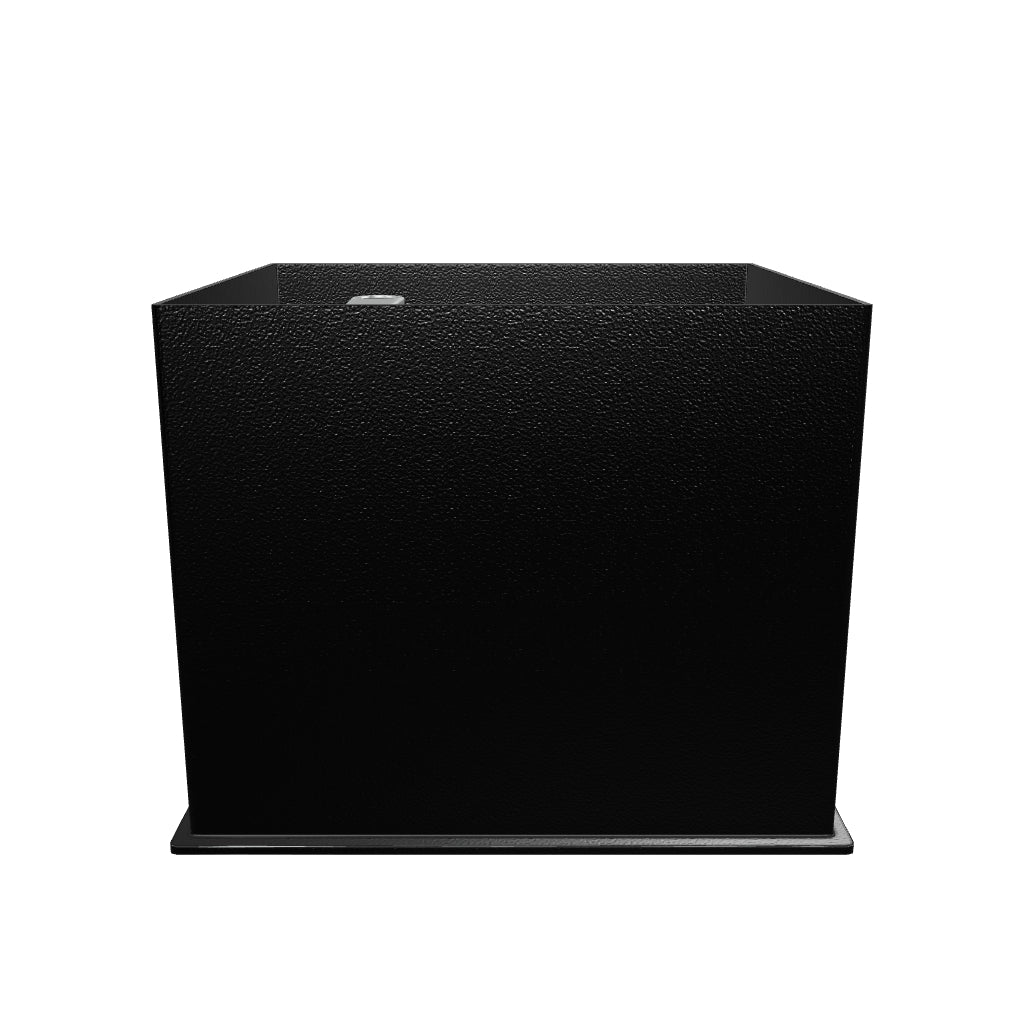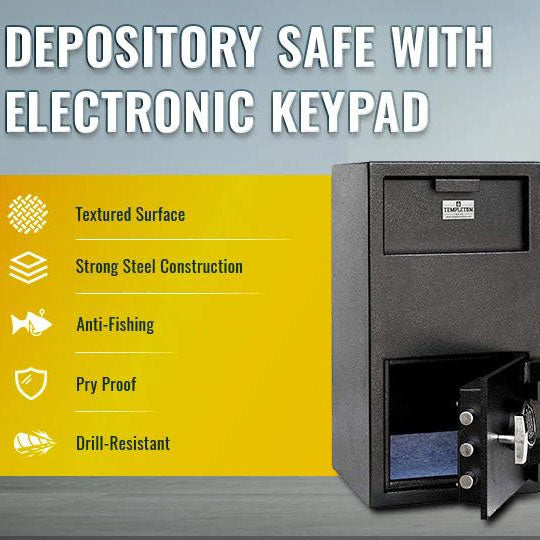Safes And Lock Boxes: A Detailed Comparison
Contrary to popular belief, safes and lock boxes are extremely different and the terms should not be used synonymously. While they may both serve the same purpose of storing things safely, they have distinct differences. In fact, read on to see a detailed comparison between safes and lock boxes.
What is a Lock Box?
Although theoretically, a lockbox is a form of safe, there are several significant distinctions. Personal protection boxes and conventional lockboxes are the two primary varieties of lock boxes. Both of them are designed to be compact and accessible. It will be necessary to open something similar to a typical lockbox regularly.
In essence, a personal protection box is a lockbox designed to house a firearm. What about the personal protection box, you may ask? Well, it will specifically prevent a gun from falling into the hands of your kids while not making it so secure that it cannot be swiftly retrieved.
A personal protection box is made to open more quickly than a typical lockbox, which can only be opened with a key or an electronic lock (like a safe). Any form of lockbox can be attached to the ground to deter theft. Although the grade of the metal used in each of these locks might vary, a lockbox's strength is by definition inferior to that of a safe.
However, because there is no metal used, the product will be considerably less expensive than typical safes.
What is a Safe Box?
Next up, we have safe boxes. While every safe box may differ, numerous aspects need to be taken into account when evaluating the protection that a safe offers. What percentage of steel is in the body and door? How thick is the steel? How was the safe assembled? What criteria were used to assess the safe for fire and theft? How is the bolt assembly put together? Is a warranty offered? And where was the item produced?
A safe box shouldn't be simple to access, to start. As such, your goods will be protected if your safe is hidden, and the safe itself will be protected. Whether you like a digital lock, a combination, biometric or keyed lock style is entirely up to you.
The combination dial will be the more cumbersome of them. It should open rather fast after you get the hang of the combination, but even without a stressor, it will still take longer than putting the combination into a computerized lock. A combination dial might take up to 15 seconds to unlock under normal circumstances and no rush of adrenaline.
Conclusion
Undoubtedly, there are situations where getting a safe plus a lockbox makes sense. But what about a situation where you have to choose between either? It actually depends on what you want your protection to achieve for you.
Each kind of safe has a certain function. It doesn't matter if the safe is virtually simply a toolbox or has an inch and a half of steel on the body and the door. Each has a justification. You, the consumer, are responsible for choosing the safe that best fits your requirements.






























